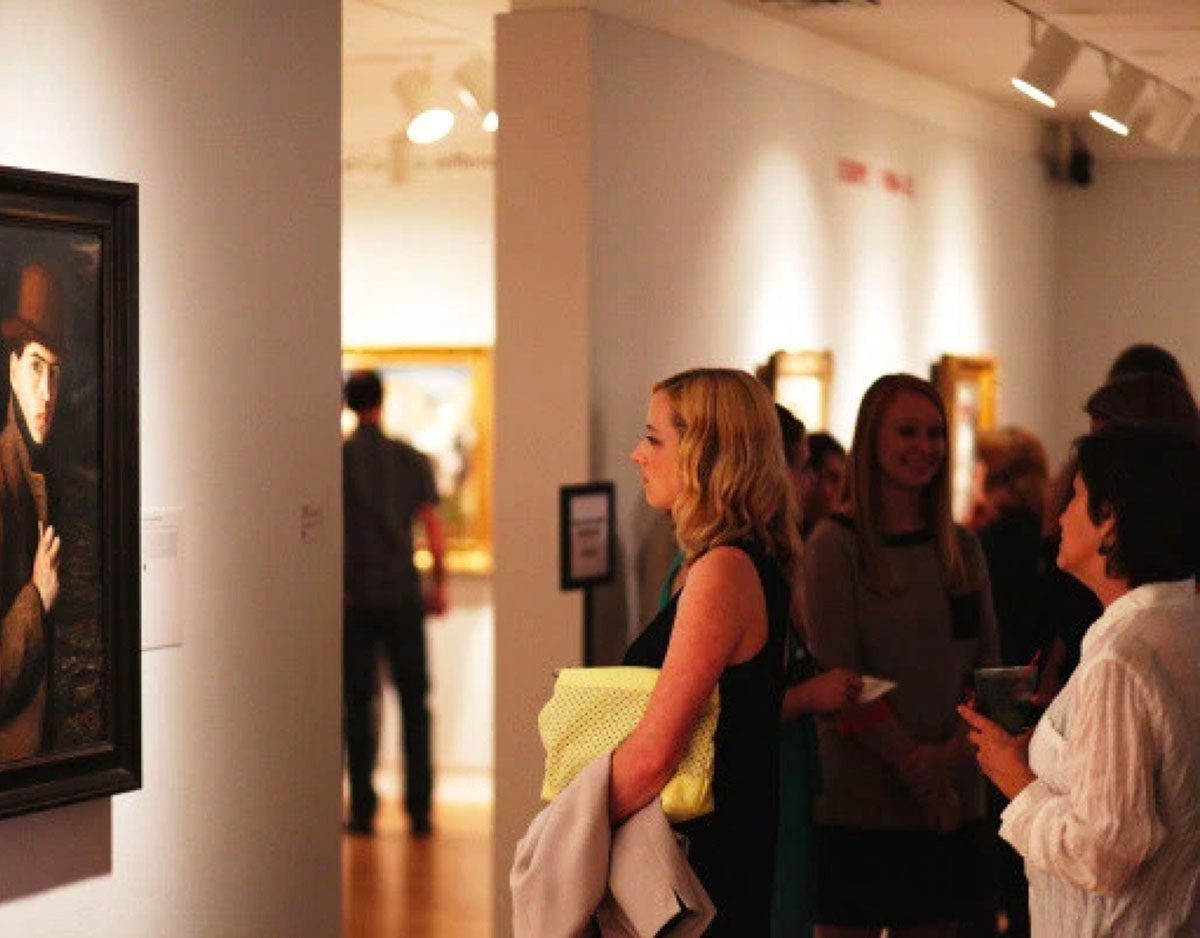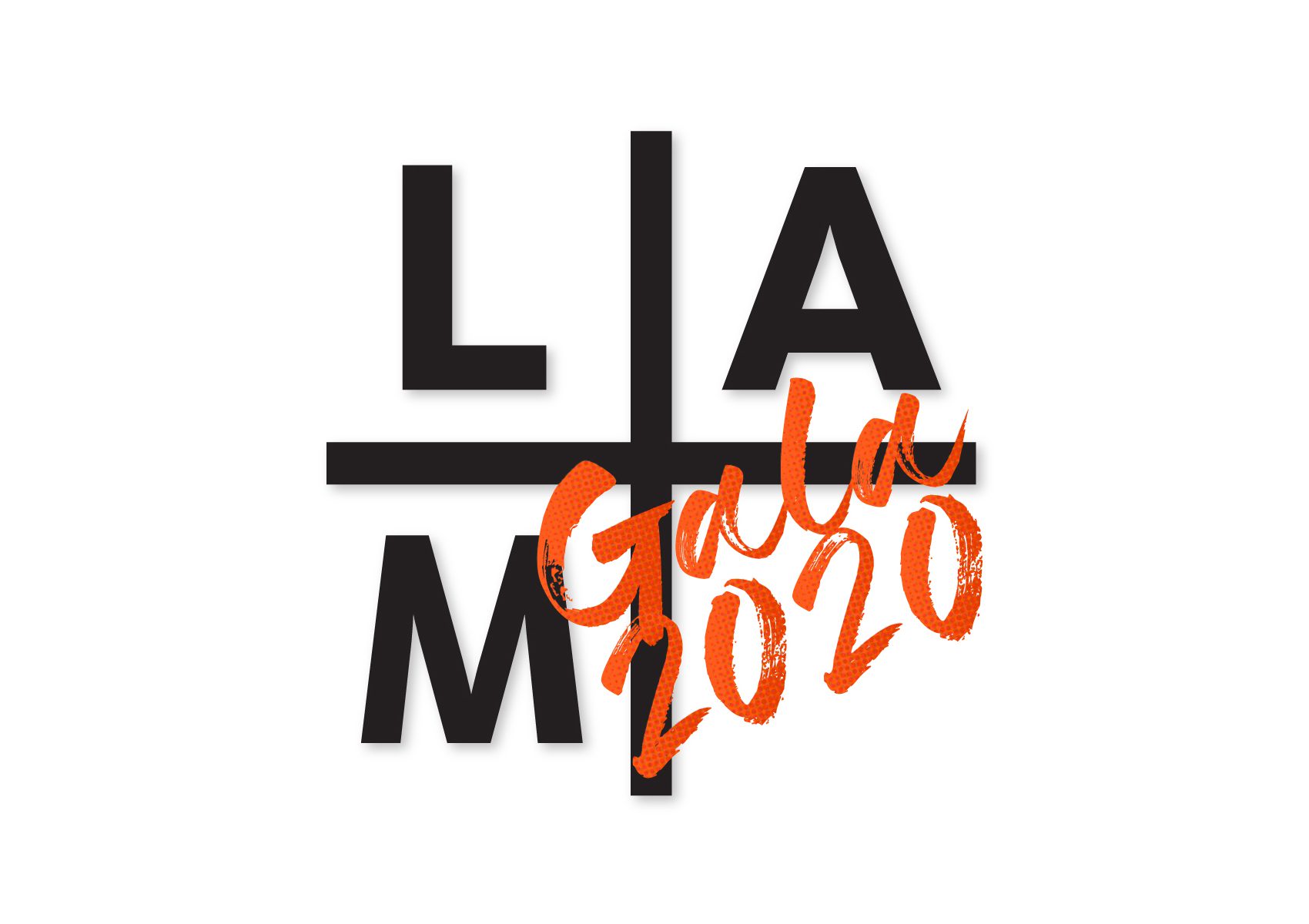Exhibit Overview
UC Irvine was a hotbed of creativity and experimentation in the 1960s and early ’70s, a hub of innovation where exceptional teachers such as Tony DeLap, Robert Irwin, and Vija Celmins taught talented students like Alexis Smith, Chris Burden, and Nancy Buchanan. All but forgotten in the intervening years, this exceptional time and place was recovered at Laguna Art Museum in Best Kept Secret.
Often overlooked in art history, University of California, Irvine (UCI) played a pivotal role to the development of contemporary art. Best Kept Secret took a look at UCI’s formative years beginning with its inaugural year in 1964. This was also the year that John Coplans was appointed director of the University Art Gallery. Coplans was a writer and editor for Artforum magazine who moved its headquarters from San Francisco to Los Angeles at this time. One of the first art professors Coplans recruited was Tony DeLap, and the faculty grew to include Larry Bell, Ed Bereal, Vija Celmins, Ron Davis, Robert Irwin, Craig Kauffman, Philip Leider (editor-in-chief of Artforum, 1962–1971), John Mason, Ed Moses, Barbara Rose, and Alan Solomon. Under the tutelage of this faculty, students included Marsha Red Adams, Michael Asher, Nancy Buchanan, Chris Burden, Ned Evans, Marcia Hafif, Charles Christopher Hill, Jay McCafferty, Richard Newton, Alexis Smith, Barbara T. Smith, Bruce Richards, James Turrell, and Robert Walker. This is only a short list of individuals, as the exhibition showed the works of about forty artists of faculty and students during this time.
The year 1971 marked a significant end year of exploration for this exhibition. The Duchamp Festival—organized by Moira Roth and Barbara Rose—took place at UCI that year. The festival included an exhibition, symposium, and a set of performances and talks organized by faculty, students, and other artists. As artists at UCI laid the groundwork for formative art practices, utilizing the vacuous ranch land as a site of many experiments, the art community converged, new galleries opened, and new models of artist-run, alternative spaces were created—all before the City of Irvine’s incorporation into Orange County.
Through first-hand interviews with the artists, collected ephemeral materials, early works from the artists of this time-period, the production of a short documentary, and the publication of a book, the overlooked activities that took place were recognized as an important moment in the emergence of contemporary art in Southern California. Before the ISMs of art movements became solidified in the ways we view them today, UCI nurtured the roots of various movements of art practice—Finish Fetish, Light and Space, performance, video, conceptualism, feminism, and installation. Because of or in spite of the underdeveloped landscape surrounding UCI and the greater Orange County area at the time, the wealth of artists and activities had been overlooked and under-recognized in the discourse of Southern California art history.
Tony DeLap, a pioneer artist of Minimalism and Op Art on the West Coast, served as the project consultant and Grace Kook-Anderson was the curator.
Sponsors and Grants












This exhibition was part of Pacific Standard Time: Art in LA 1945-1980. Pacific Standard Time was a collaboration of more than sixty cultural institutions across Southern California, which came together for six months beginning October 2011 to tell the story of the birth of the Los Angeles art scene and how it became a major new force in the art world. Each institution made its own contribution to this grand-scale story of artistic innovation and social change, told through a multitude of simultaneous exhibitions and programs. Exploring and celebrating the significance of the crucial post-World War II years and beyond, Pacific Standard Time encompassed developments from modernist architecture and design to multi-media installations; from L.A. Pop to post-minimalism; from the films of the African-American L.A. Rebellion to the feminist happenings of the Woman’s Building; from ceramics to Chicano performance art, and from Japanese-American design to the pioneering work of artists’ collectives.
Initiated through $10 million in grants from the Getty Foundation, Pacific Standard Time involved cultural institutions of every size and character across Southern California, from Greater Los Angeles to San Diego and Santa Barbara to Palm Springs.


Subscribe To Our Newsletter
Receive news about collections, exhibitions, events, and more.








